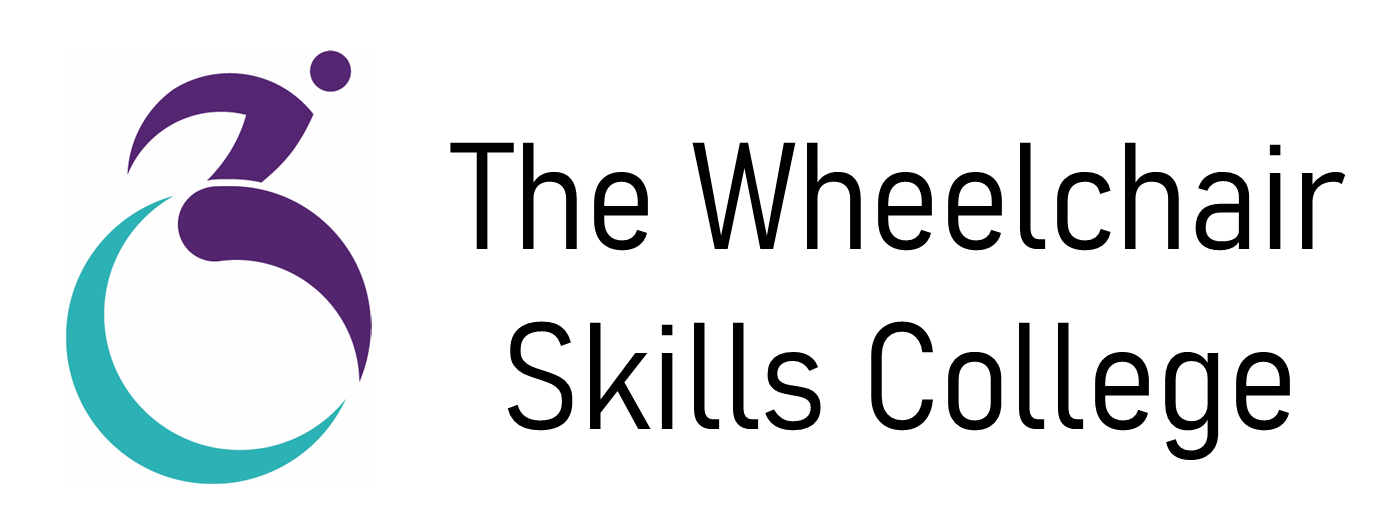Wheelchair road tripping to find my roots
I like road trips. I like them a lot. The feeling of freedom with an open road in front of you and the sense of adventure it brings really doesn’t compare to anything else for me.
Last month I did my first road trip in my new car. I decided to go over to Ireland which has been on my to do list for the longest time. How this came about hasn’t happened on any road trips I’ve done in the past.
It was a few years ago when I first joined the website Ancestry and with the goal of mapping my family tree. Like with so many things, priorities changed and I forgot all about it. I would still occasionally get emails from them and last year an email came through that caught my eye. A special offer was running on DNA mapping. We were in another lockdown so I had a bit of spare cash and thought it could be an interesting thing to do.
My results arrived and despite it not revealing mysterious heritage to the other side of the world, it was still interesting to learn more about where my roots lie. As a red head with the surname Donnelly, it was little surprise to find that the largest part of my DNA came from Ireland, with about a third from Lancashire (where I grew up) and fifth from Scotland.
Some of the information can be incredibly accurate. The mapping of my DNA not only told me I came from Ireland, but more specifically from the county of Roscommon. Then it was narrowed down again to South Roscommon.
And so, the idea for a road trip to Ireland was born.
Sailing the Irish Sea
Every road trip that I’ve done in the last 10 years or so has always meant renting a car either from home or at my destination and attaching my removable hand controls. This is a great way to get around when you don’t have a car, and something that I could have done on this trip – flying to Dublin and renting a car. A downside of renting is that automatics always cost more than their manual counterparts.
As good as the removable hand controls are, they’re not as comfortable or convenient as having fixed hand controls. Plus, this was the perfect opportunity for me to take my new car on its first road trip.
Deciding on the Holyhead to Dublin crossing as it involved more time on the road and less at sea, I went for the 9am crossing to make the most of my first day in Ireland. Even leaving from my parents, it was still a 2 hour drive which meant a 5am start to make sure I made it to the port in plenty of time. The clear roads on the drive across North Wales made me forget any discomfort caused by the early start.
It’s been a while since I’ve made a booking to drive on to a ferry. For the crossing to Ireland, I was impressed with how detailed the booking with StenaLine ferries was in asking what assistance would be required. I was even more impressed with the ease of the crossing itself.
Driving up to the first barrier I had the email confirmation of the booking open on my phone. Something that I didn’t need. I pulled up to the kiosk and the woman had all my passenger information to hand. I was a little surprised for them to be so ready. I guess that they have AI technology where their cameras recognised my license plate and brought the information from my booking up. All very impressive.
The rest of the crossing was just as smooth. I put the blue ticket given to me on my dashboard and was directed by a number of people along the route through the port to correct position on the ferry. I pulled up to a parking space right next to the lift. And after taking the lift up to the passenger deck there are a couple of comfortable spaces to enjoy the journey in, along with a Radar locked accessible toilet.
Arriving at the port to getting on the ferry was speedy. And the best bit about getting on the ferry early is that you can make a b line for the seats at the front of the boat in front of the huge windows that give you the best views in the house for the journey.
Our cosy cabin
I’ve stayed in a lot of inaccessible places in my travels over the years. Or as I like to think of them, semi-accessible. They will require a bit more work than a fully accessible space, but often are more interesting places to stay than a hotel, or maybe your only option of a place to stay.
AirBnb have done a lot of work over the last few years to give a real insight into what access features a property has from wide doorways and wet rooms, to step free access and grab rails in the bathroom.
I decided to explore what was on offer on the AirBnB website and if you’re looking for fully accessible accommodation then the short answer is not a lot. Luckily, I was only looking for semi-accessible so entered my travel dates and looked at what was available, narrowing it down to single level accommodation somewhere near Roscommon, where my DNA had pointed.
The cabin where I decided to stay was West of lake Lough Ree, between Roscommon town and Athlone. It was perfect for what I wanted. Quite a rural location with big towns around 15 minutes away. The quiet roads were a pleasure to drive compared to London. Narrow country lanes also make for far more interesting driving experience than anonymous stretches of motorway.
There were two main points of accessibility that I had to compromise on. The first was a single step going into the cabin. And the second were the narrow doorways that led to the bedroom and bathroom. Neither of these concessions bothered me much as I was going to my bed once a day and being out most days, there would be accessible toilets to use.
The single step into the cabin wasn’t quite as simple as a single step as the PVC door had a door frame that added a couple of inches to the height. Crossing a threshold isn’t a skill that I use that often. In fact, I can’t remember the last time I used it. Like any wheelchair skill, if you don’t use it then you’re going to get rusty.
The narrow doorways have a simpler solution of using chairs, one or more, to transfer onto before transferring onto your bed or the toilet. If you have a plastic chair then that could be handy for the shower, if not then sitting on the floor is an option. A yoga mat across the shower floor can make it more comfortable.
Whenever you’re getting out of your chair, make sure you look after your skin! I got a reminder of this when I clipped my ankle on the floor and it opened up an old scuba diving injury. I’m hoping that I’ve caught it early enough so that it won’t be as serious as it was last time. I’ll also start wearing socks when I’m on the floor to protect my ankles.
Things to see and do
One of things that I liked most about the cabin where we stayed in Curraghboy was how easy it was to explore. In the week we were over there, the longest drive I did was 90 minutes. Many places that we went to visit were much closer.
On my first full day in Ireland we went to look around one of the local towns, Roscommon. By luck rather than design the parking spot I found was next to the tourist office. I popped in to see what the itinerary for the week could include.
One of the recommendations made was Eilish Feeley of Irish Clann Connections. After a quick chat on the phone the next morning we met for a coffee. I’d given Eilish access to my DNA report on Acenstry so she could make some suggestions on what the next steps should be. I did plan to include more about that in this blog but I’ve got more investigating to do and think it warrants a blog of its own.
I managed to see quite a bit considering I was only over in Ireland for a week. The local towns of Athlone and Roscommon were only 20 minutes away by car so very easy to nip out to for a coffee or food shopping. We spent the first day or so looking round the local towns and finding other things to do for the week.
Our first day trip took us to the National Famine Museum in Strokestown. It tells the story of Ireland’s Great Famine in the middle of the 19th century through records that were found at the Strokestown estate. More than 2 million people either died or emigrated during this period and the museum offers a real insight into what it was like for people living through that time.
Some of our longer trips took us out to the coast, first to Sligo then Galway. Both places had historical sites across the centre which made it easy to enjoy the modern side of things with cafes, restaurants and shops before seamlessly transporting back in time to learn about the original foundations of the city.

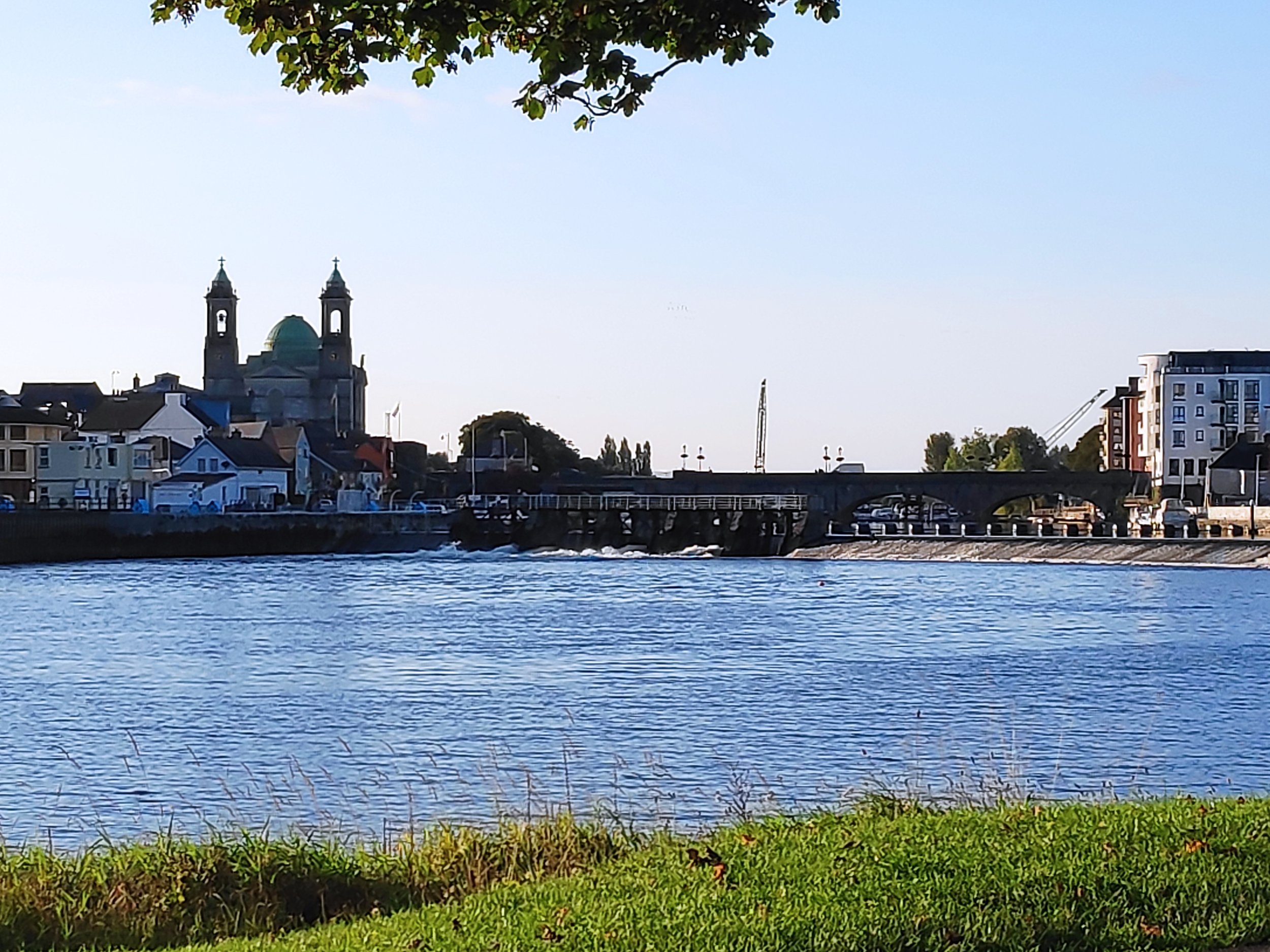
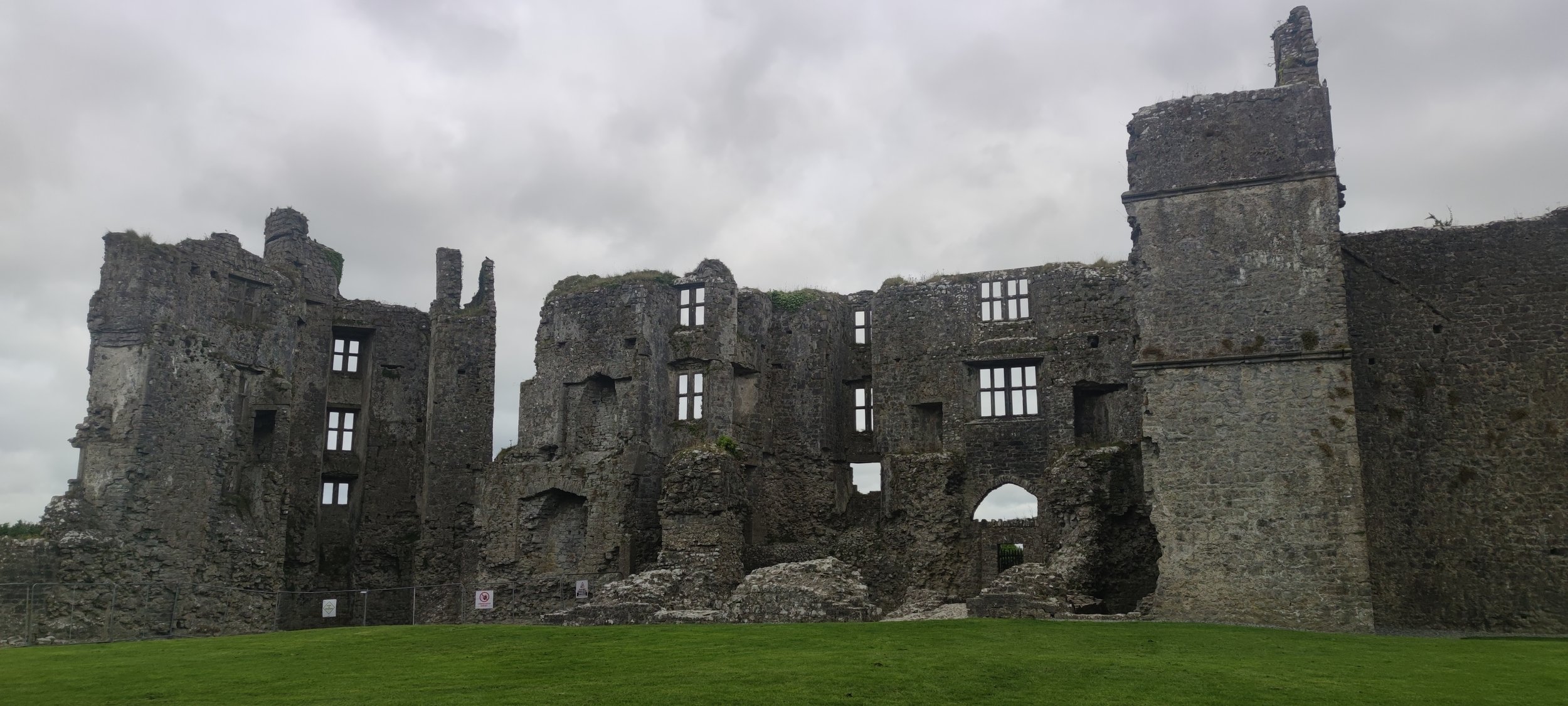
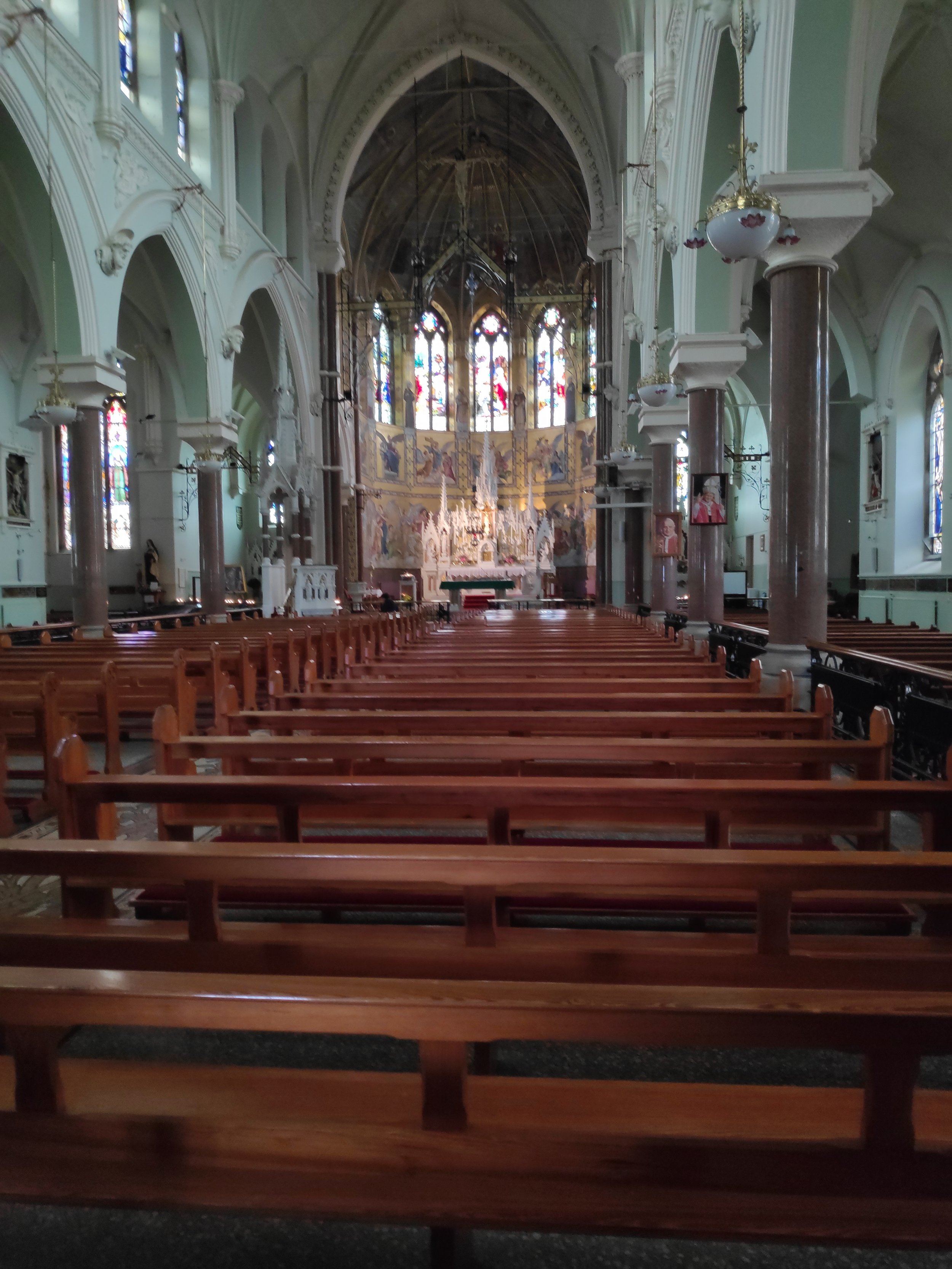
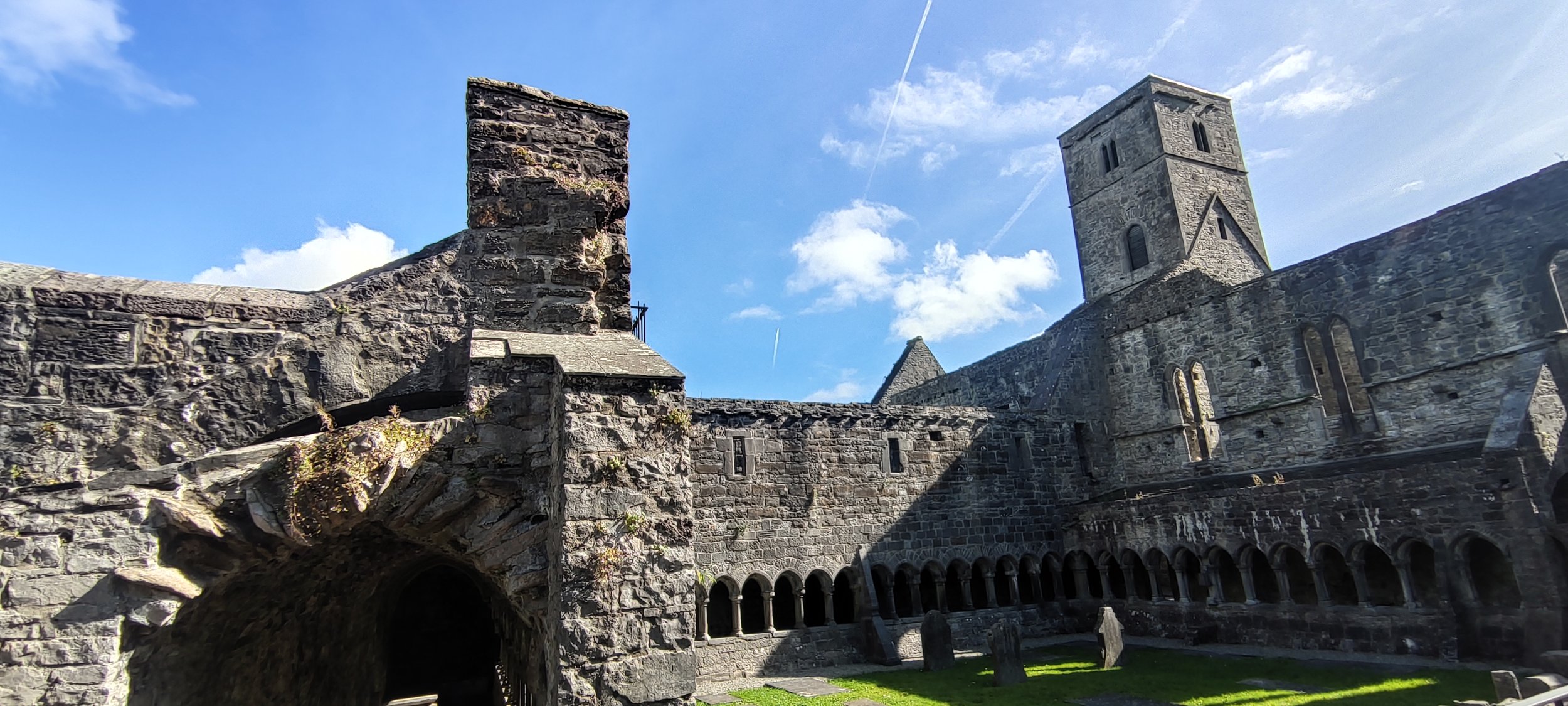
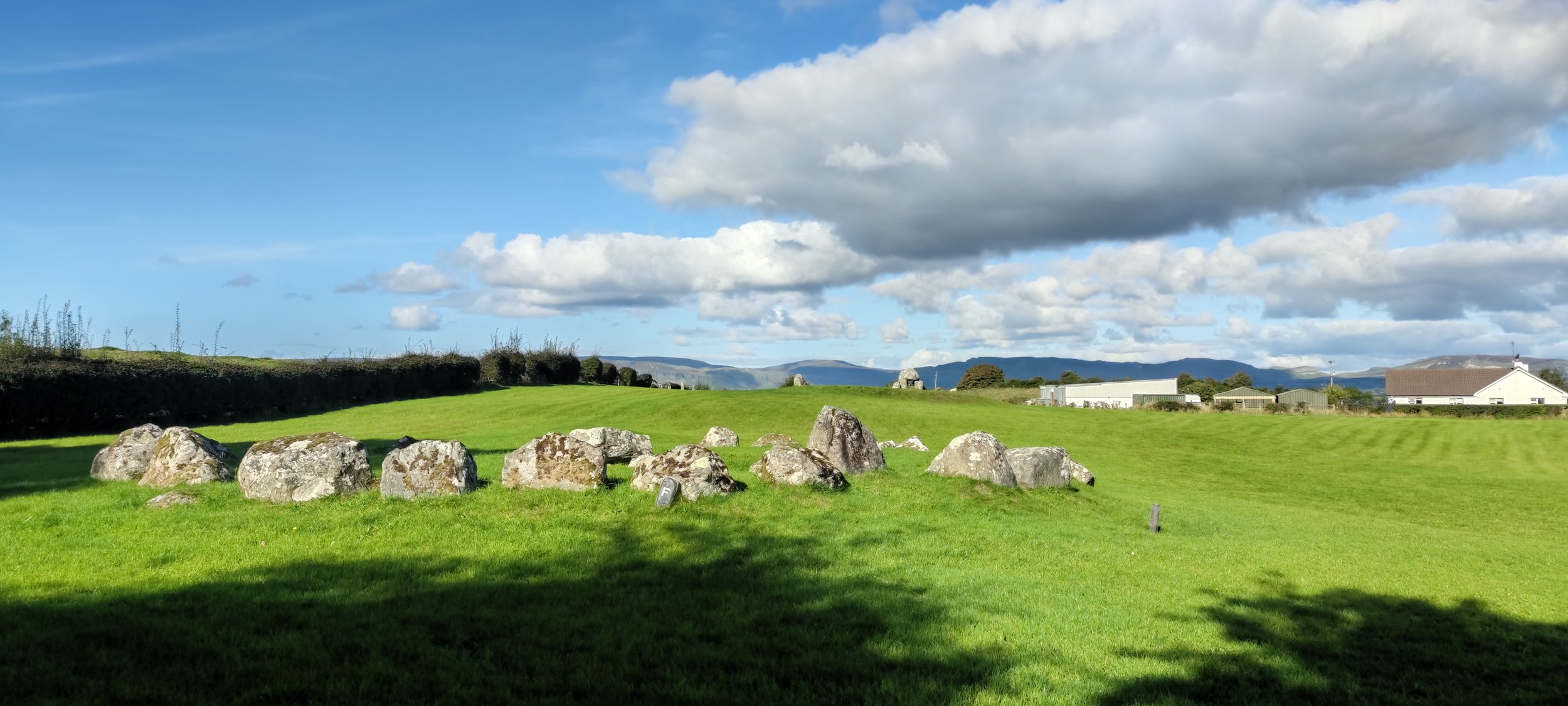
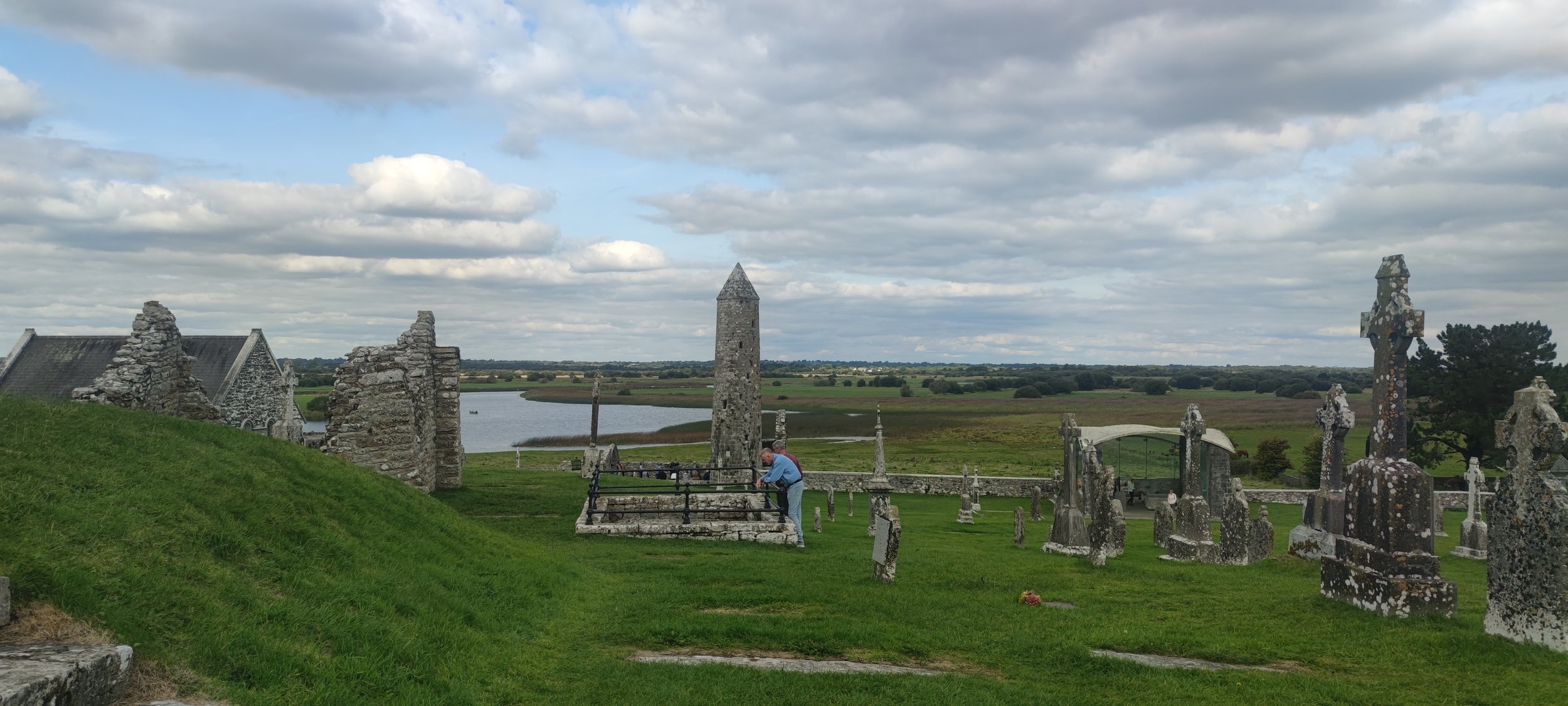
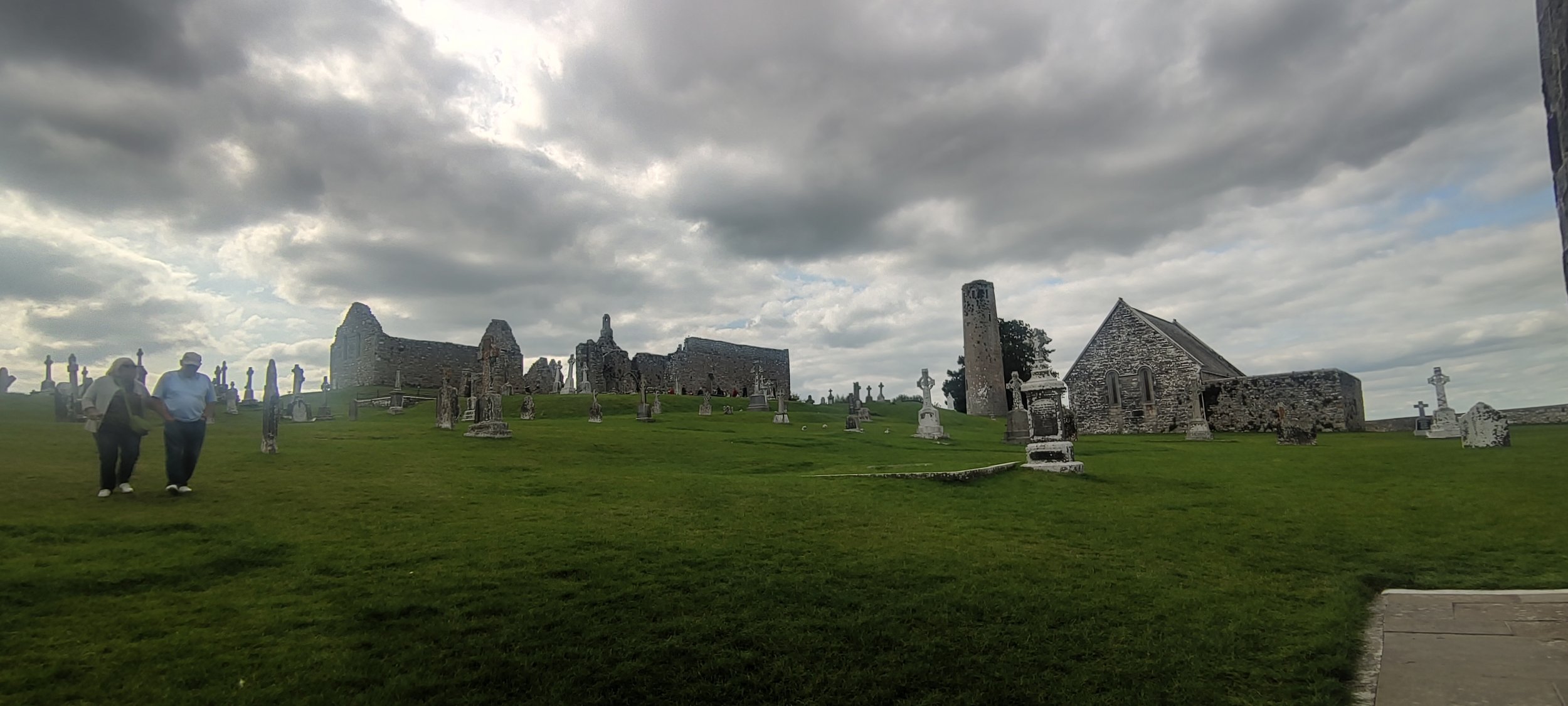
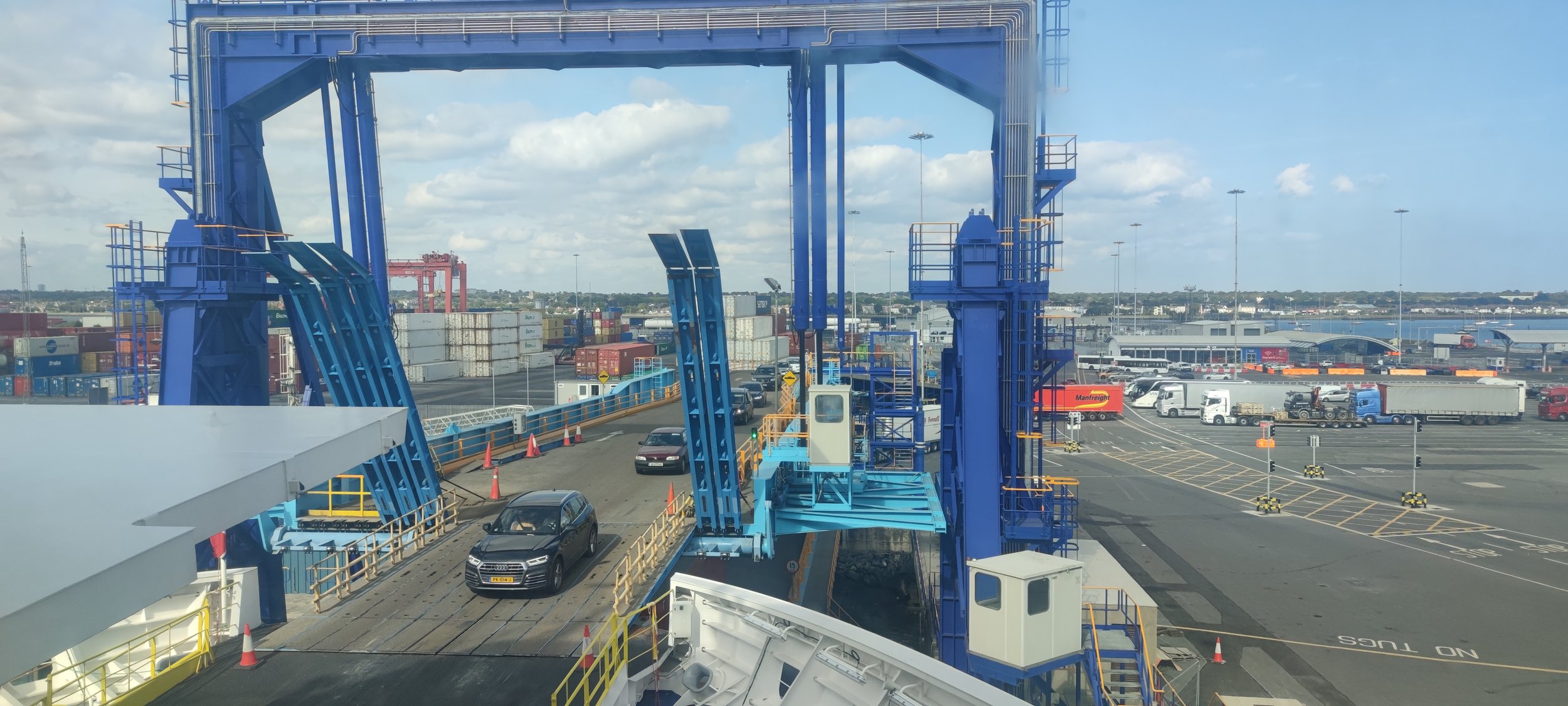
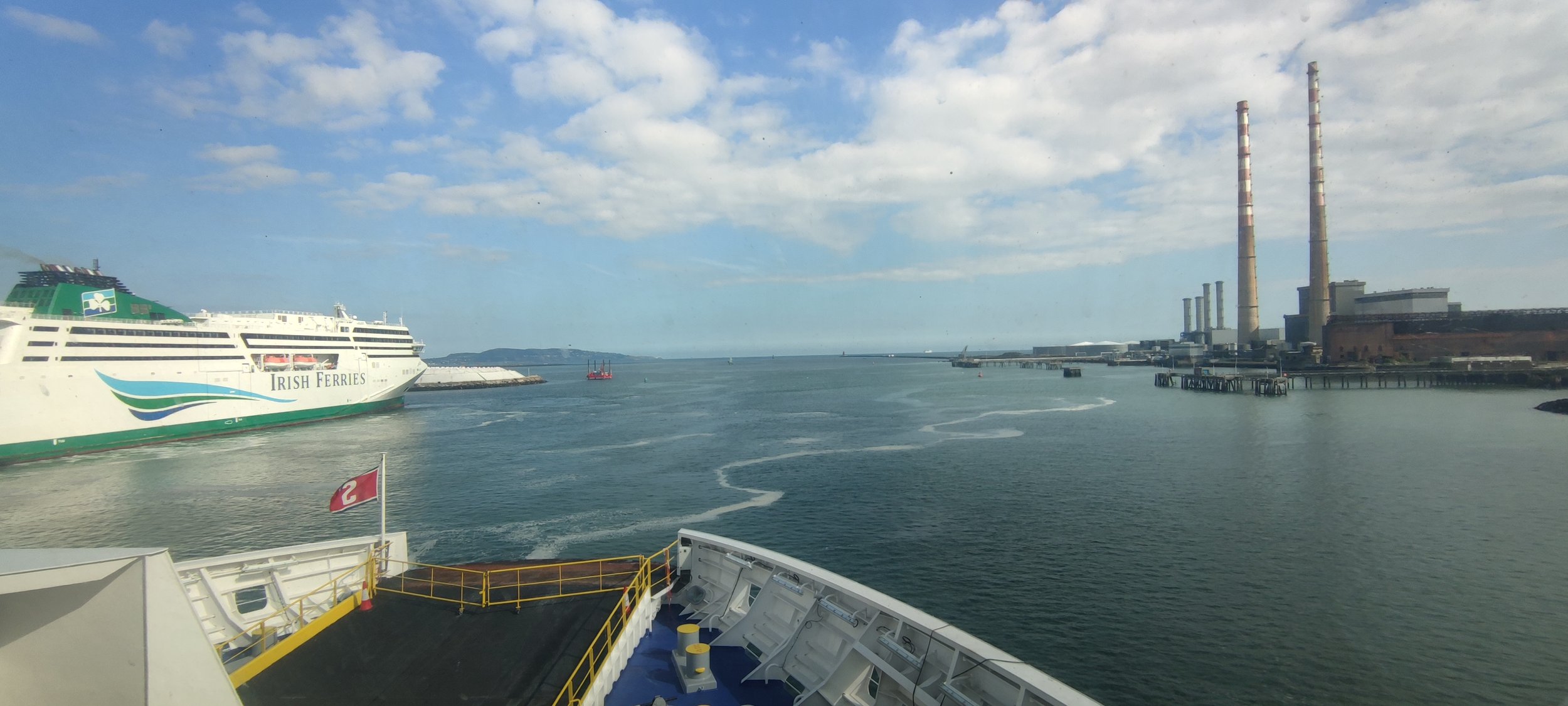
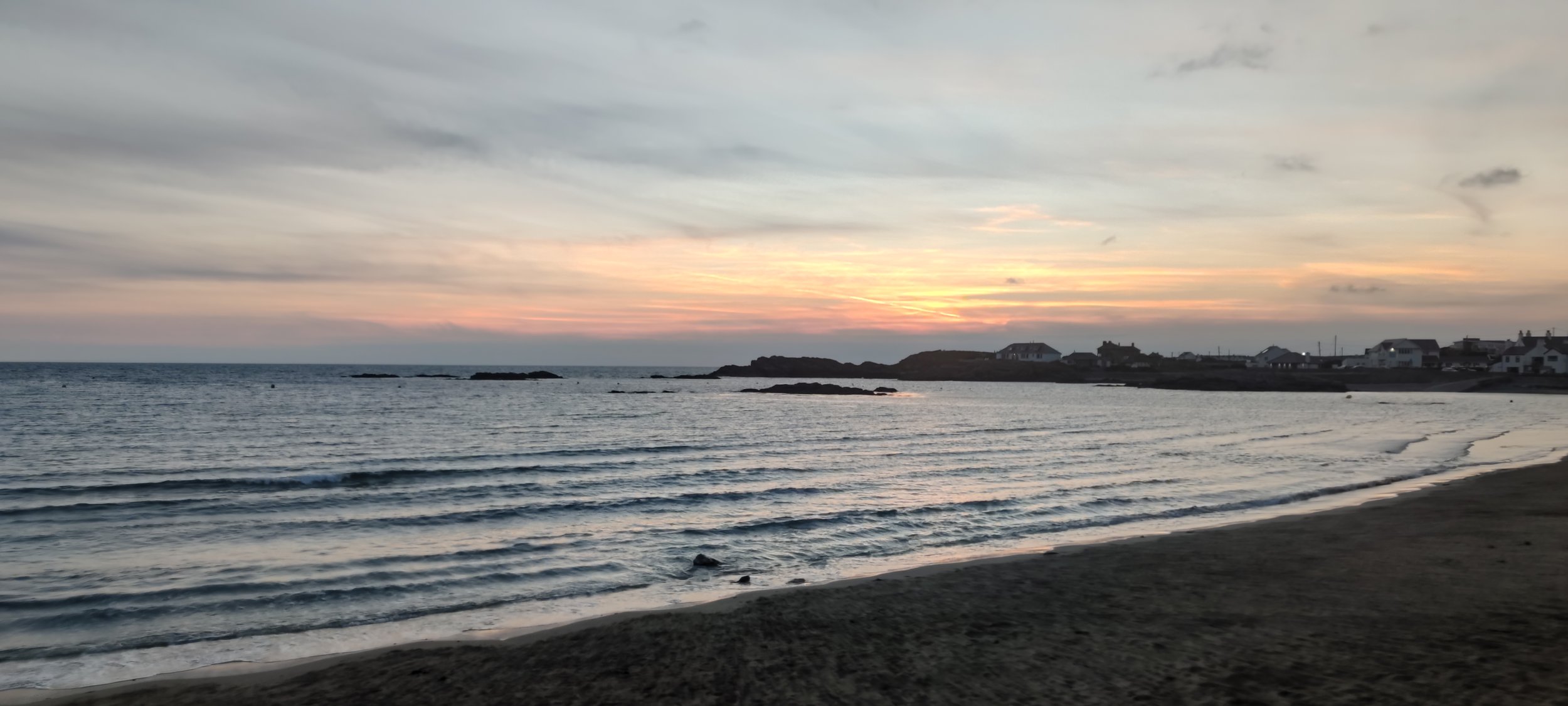
There are so many heritage sites dotted across Ireland that tell of a rich history going back thousands of years. It was fantastic to see how well preserved some of these sites were and fascinating to learn from them.
A couple of the sites that I really enjoyed visiting were the Carrowmore Megalithic Cemetery and the monastery of Clonmacnoise. All indoor spaces were fully accessible which was great. The outdoor spaces are a lot more difficult and for the most part I’d describe them as off-road terrain, so if you have an electric attachment or freewheel then this is definitely the time to clip it on.
